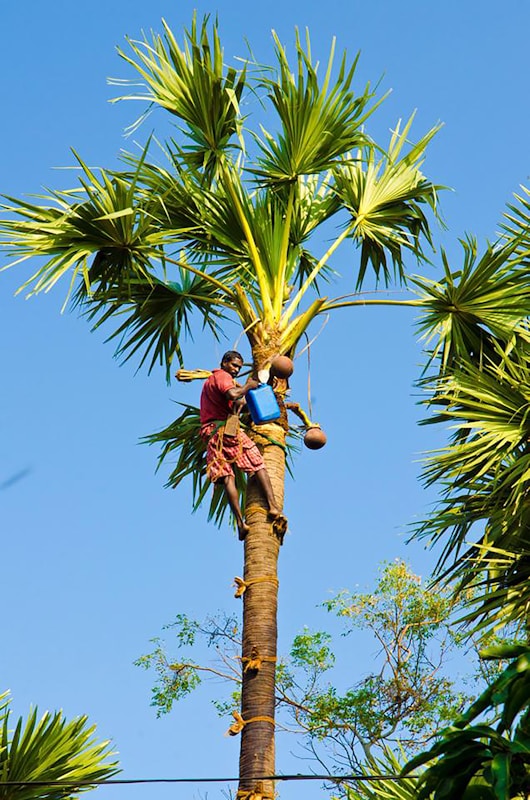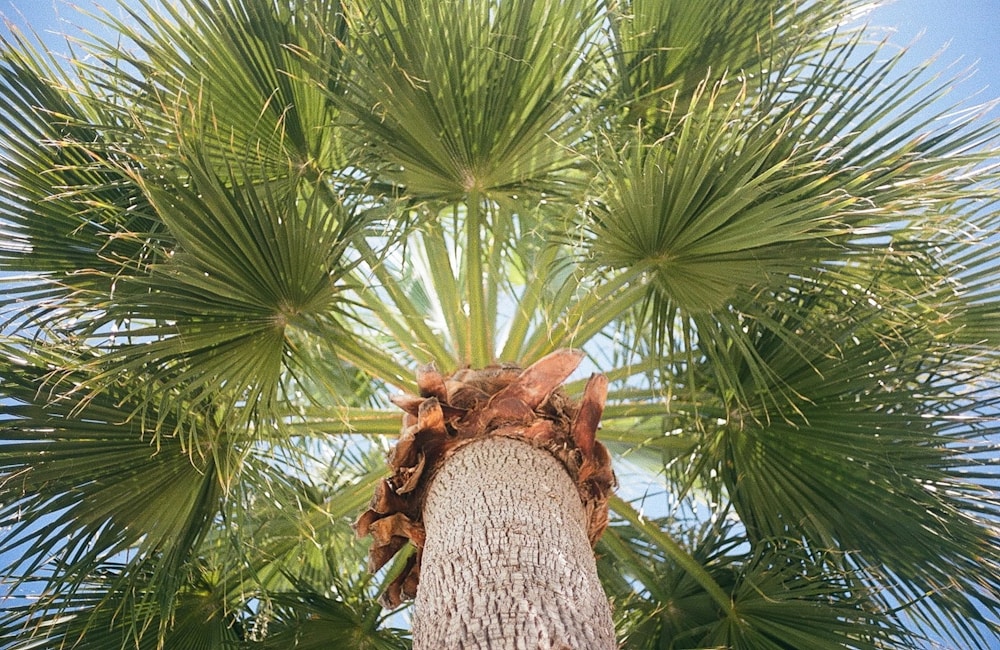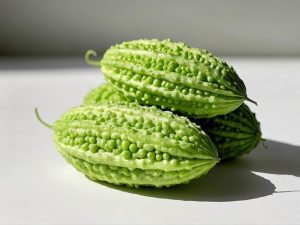Introduction: The Timeless Value of the Palmyra Palm
Did you know that the Palmyra Palm (Borassus flabellifer) is often called the Tree of Life in many cultures across Asia and Africa? This remarkable tree has been an essential part of human life for centuries, providing food, shelter, medicine, and materials for daily living. From its sweet fruit and nutritious sap to its durable wood and medicinal properties, the Palmyra Palm remains a symbol of sustainability and resourcefulness.
In this blog, we’ll explore the Palmyra Palm uses that make it one of the most valuable trees on earth.
Table of Contents
Palmyra Palm Uses in Daily Life

Palmyra Palm as a Source of Food
The Palmyra Palm is a powerhouse of nutrition. Its fruits, also known as ice apples or toddy palm fruits, are rich in water content, vitamins, and minerals. They are a refreshing summer treat in countries like India, Sri Lanka, and the Philippines.
- Fruit: The jelly-like flesh is consumed fresh or used in desserts.
- Sap (Toddy): Collected from the flower stalk, it is enjoyed as a natural drink or fermented into palm wine.
- Jaggery: The sap is boiled to produce palm sugar, a healthier alternative to refined sugar.
Palmyra Palm Benefits for Health
The fruit and sap offer several health benefits:
- Cooling effect on the body
- Natural energy booster
- Helps in digestion
- Rich in antioxidants and essential minerals
Palmyra Palm in Medicine and Traditional Healing
Palmyra Palm Medicinal Uses
For centuries, traditional medicine has harnessed the Palmyra Palm’s healing potential:
- Roots and leaves are used in herbal remedies for skin diseases.
- Fruit pulp is used to treat constipation and digestive issues.
- Palm sap has cooling properties that help manage dehydration and heatstroke.
According to the National Center for Biotechnology Information (NCBI), many parts of the Palmyra Palm contain bioactive compounds that contribute to overall health and wellness.
Palmyra Palm as a Building and Crafting Material
Palmyra Palm in Construction and Crafts
The tree’s durability makes it an essential resource in rural communities.
- Trunks: Used as timber for building houses, boats, and furniture.
- Leaves: Commonly woven into mats, baskets, and roofing material.
- Fibers: Utilized for ropes, brushes, and handicrafts.
This sustainability aspect is one reason it is called the Tree of Life—every part of the tree serves a purpose.
Economic and Cultural Importance of Palmyra Palm
Palmyra Palm in Culture and Tradition
In India, Sri Lanka, and Southeast Asia, the Palmyra Palm is deeply embedded in tradition:
- Palm leaves were historically used as writing materials for ancient manuscripts.
- Palmyra products support local economies by providing employment opportunities.
- The tree holds sacred value in many communities, symbolizing prosperity and resilience.
Why Palmyra Palm is Called the “Tree of Life”
A Tree with Endless Benefits
The Palmyra Palm earns its title because of its versatility, sustainability, and life-giving properties. It provides food, shelter, medicine, and livelihood—truly a resource that supports human survival. Unlike many plants, no part of the Palmyra Palm goes to waste.
FAQs About Palmyra Palm Uses
What is Palmyra Palm fruit good for?
Palmyra Palm fruit, also known as ice apple, is rich in hydration, vitamins, and minerals. It cools the body and supports digestion.
Can Palmyra Palm sap be consumed daily?
Yes, in moderate amounts. Fresh sap is nutritious and refreshing, but fermented sap (toddy) should be consumed responsibly.
Why is Palmyra Palm called the Tree of Life?
Because it provides food, shelter, medicine, and materials for daily life—making it a vital tree for survival and sustainability.
Conclusion: Embracing the Tree of Life
The Palmyra Palm uses extend far beyond what most people realize. From nourishing fruits and medicinal properties to durable building materials and cultural significance, this remarkable tree truly lives up to its title as the Tree of Life.
If you’re interested in learning more about sustainable plants and natural remedies, explore more articles on The Planttube Blog.
Call to Action:
Have you experienced the benefits of the Palmyra Palm? Share your thoughts in the comments, and don’t forget to subscribe to our blog for more insights into medicinal plants, health tips, and natural remedies.








